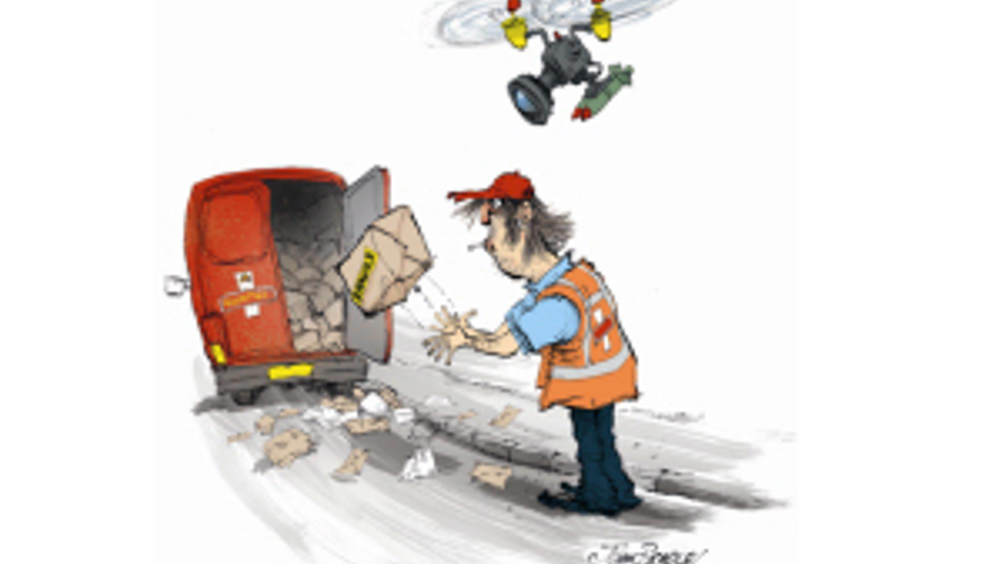Package Deal
We may never be able to guarantee an end to damaged packages, but can we at least find a way of ensuring we know how and when they got damaged?

Once upon a time, taking delivery of a postal package was a relatively rare and special event for most people. It usually meant that something long-anticipated like a gift or a special purchase had arrived and was hotly anticipated.
The advent of internet shopping, however, has made the arrival of a package much more commonplace. We all buy so much by this method that a package arriving is no longer unusual. Indeed, according to the Interactive Media in Retail Group, over £46bn was spent online last year.
This massive increase in online retail, however, places an additional imperative on the retailers to ensure that the packages arrive in good condition. After all, what could be more disappointing than to receive a package, only to open it and discover its contents are broken? And how many of us actually check the package to ensure it isn't broken in the presence of the courier?
Of course, when we do receive such a broken item, we tend to be able to get refunds or replacements fairly easily, of course, but this still leaves the retailer and courier company with the problem of how deciding where exactly in the delivery process the problem occurred and hence where to apportion blame and cost.
The Challenge
What is needed, then, is some means of monitoring a package at every stage to check what has happened to it.
Short of fitting every package with a remotely-accessible camera that allows the owner to view exactly what is happening to it at any given moment, this challenge presents some issues. Another possibility would be to fit the package with an alarm similar to that on a car that is triggered by impact.
The problem with these solutions, of course, is first that they would be prohibitively expensive, bulky and – in the case of the alarm – noisy, too easily triggered and irritating (at least if car alarms are anything to go by).
The solution we have in mind is relatively simple, but highly effective and offers a sender-to-recipient tracking service that leaves no doubt as to what has happened to the package and – more importantly – where.
However, there is no reason to assume that the readers of Eureka cannot come up with something better. We look forward to finding out.
-Solution-
Solution to September's Coffee Time Challenge
The solution to September's Coffee Time Challenge of how to track packages in transit comes in the form of the DropTag from Cambridge Consultants, an innovative device designed to keep track of dropped and damaged parcels.
The sensor system combines a battery, a low energy Bluetooth transmitter, an accelerometer and a memory chip.
Stuck on a parcel as it leaves a warehouse, DropTag logs any g-forces above a set risky shock level that it experiences.
Once the courier drops the parcel off, the person receiving it can turn on their Bluetooth on a smartphone running a DropTag app and scan it before they sign for it.
If the graph shows the parcel has been neglected during transit, delivery can be refused.
Tom Lawrie-Fussey, business development manager at Cambridge Consultants, said: "By minimising the complexity of the electronics in DropTag, we've calculated that DropTag could analyse and log crucial events for many weeks using just a single coin cell battery, and could even perhaps be reused.
"And, by keeping it simple, we're confident that the bill of material cost would be less than $2 – making it a very affordable solution."
www.cambridgeconsultants.com










